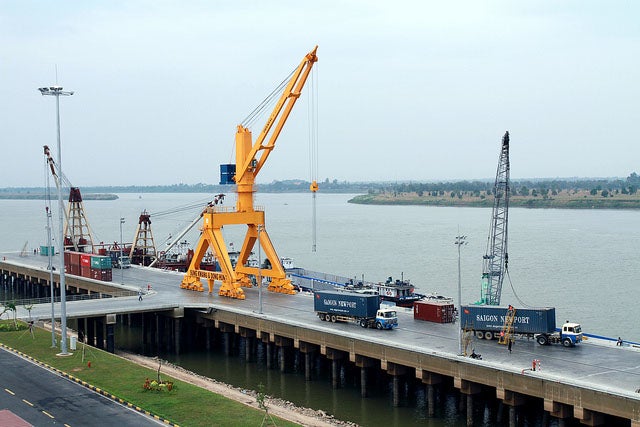Access to external finance has long been identified as one of the most important constraints facing firms in the developing world. While only 11.5% of firms identify access to finance as a major constraint in OECD countries,
this rate is 38.3% in Sub-Saharan Africa, 35.1% in Middle East and North Africa and 26.5% in South Asia. Financial factors affect firms’ ability to reach foreign customers. Compared to domestically-oriented firms, exporting firms incur substantial sunk costs to enter foreign markets. These sunk costs include establishing distribution networks, locating foreign buyers, and meeting higher standards in foreign markets. Exports of financially constrained firms are more sensitive to the cost of credit and this sensitivity is magnified during crises.

Using the Exporter Dynamics Database, a recent paper in World Economy explains that financial crises in both exporting and importing countries have an economically important effect on export-market participation, products and destinations. When a financial crisis or shock hits a country, accessing capital becomes more difficult. As a result, crises reduce the extent to which firms enter export markets and limit the ability of firms to export new products or explore new markets. This is especially the case in industries such as plastic products and machinery, which are vulnerable because they require external finance for specialized technology and high-skill workers.
The paper considered 34 developing countries between 1997-2011 and found that following a crisis, entry rates for firms, products and destinations all decreased. This means that immediately after a shock, fewer firms were exporting new products to new markets. At the same time, exit rates increased, meaning that more firms, products and destinations were leaving the market. All things considered, business and exports slow down following a crisis. For instance, Cote d’Ivoire experienced a systematic banking crisis in 1988. Estimates suggest that the rates of Ivoirian firms entering the export market were 2.4 times lower in more vulnerable industries than in less vulnerable industries in the aftermath of this crisis.
Because crises affect a country’s credit conditions and aggregate demand, crises in either the exporting or importing countries are disruptive to exports, although the transmission channels are different.

Using the Exporter Dynamics Database, a recent paper in World Economy explains that financial crises in both exporting and importing countries have an economically important effect on export-market participation, products and destinations. When a financial crisis or shock hits a country, accessing capital becomes more difficult. As a result, crises reduce the extent to which firms enter export markets and limit the ability of firms to export new products or explore new markets. This is especially the case in industries such as plastic products and machinery, which are vulnerable because they require external finance for specialized technology and high-skill workers.
The paper considered 34 developing countries between 1997-2011 and found that following a crisis, entry rates for firms, products and destinations all decreased. This means that immediately after a shock, fewer firms were exporting new products to new markets. At the same time, exit rates increased, meaning that more firms, products and destinations were leaving the market. All things considered, business and exports slow down following a crisis. For instance, Cote d’Ivoire experienced a systematic banking crisis in 1988. Estimates suggest that the rates of Ivoirian firms entering the export market were 2.4 times lower in more vulnerable industries than in less vulnerable industries in the aftermath of this crisis.
Because crises affect a country’s credit conditions and aggregate demand, crises in either the exporting or importing countries are disruptive to exports, although the transmission channels are different.
- Financial shocks in exporting countries (supply-side shocks) limit firms’ access to capital, ability to enter export markets, the number of products exported, and the number of destinations firms send their products to.
- Financial shocks in importing countries (demand-side shocks) lower customers’ demand for products and thus limit firms’ sales.


Join the Conversation